
The best online fitness resource you'll ever need. We filter out the BS to ensure you meet your health and fitness goals!

The best online fitness resource you'll ever need. We filter out the BS to ensure you meet your health and fitness goals!

Put simply, a single step forwards uses two hundred muscles to a greater or lesser degree. Though it should be noted that very low levels of stimulation are going into them, the spread of this muscular stimulation may come as a surprise to many – in my mind, it makes walking one of the best forms of exercise going.
Most of the motion comes from the legs, obviously. This is also where the majority of the effort and stimulation comes into play.
The muscles of the lower leg are particularly active – the soleus, gastrocnemius, tibialis anterior/posterior, and peroneals – as are the lateralis, medialis, obliques, and rectus femoris of the upper leg/thigh regions.
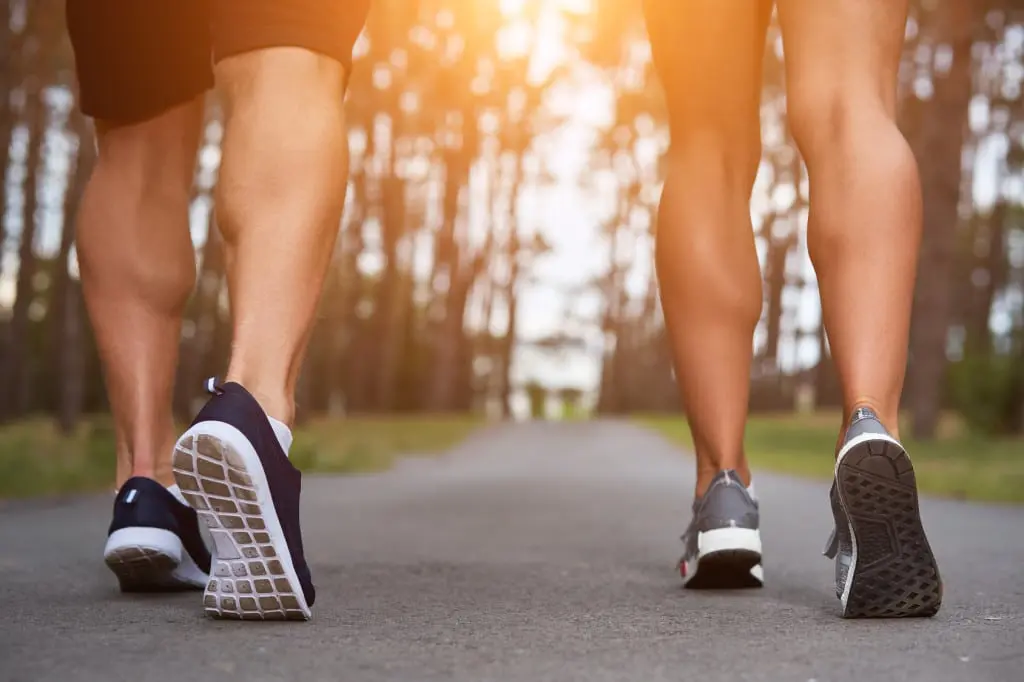
However, pretty much all of the body engages and activates in some way. We swing our arms as we walk, using them, our shoulders, and our upper backs.
Our core muscles work reasonably hard to keep us stable and upright – the deep core muscles maintain posture whilst the outer obliques deal with the shifting force as we move from one foot to the other.
Our back muscles also come into play as postural stabilisers, particularly our erector spinae.
Put this way, walking goes from being either a low level cardio exercise, or simply as a perfunctory way of getting around, to a full body workout.
Let’s not forget the cardiovascular import, either. It cannot be underestimated. Walking regularly is one of the best things you can do for heart health.
Let’s also not forget that the heart is a muscular organ, which benefits from regular stimulation and very much adds to our tally of muscles involved in walking.
Walking is also pretty multi-directional, as gait, obstacles and directional changes are accounted for.
Any movement in which we are taxing and training the way in which our bodies operate in space, of which walking is a prime example, will work proprioception and spatial awareness – which has a muscular component, as mind-muscle connection is vital to proper coordination.
This is all fantastic. It should be all that anybody needs to know to inspire them to walk daily, for at least half an hour, as is usually recommended.
But, though two hundred muscles are technically involved in walking, there are obviously some groups that are more noticeable, more apparent, than others – the ones that really pull their weight (literally) when you’re out on your daily stroll.
These include:
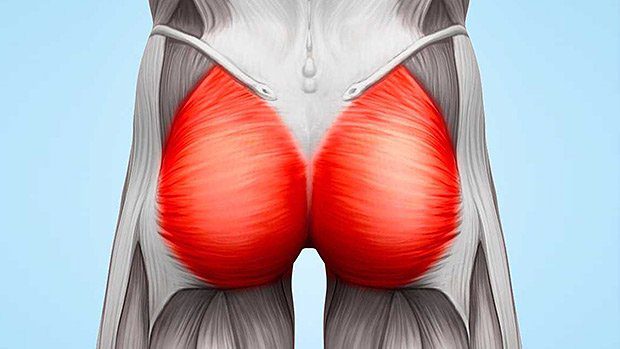
The gluteus maximus are involved in most major leg movements. They play a key role in extending the legs, stabilising them during motion, and decelerating our gaits as our feet touch the ground.
However, the smaller muscles of the glutes are often overlooked whilst being equally important.
The gluteus medius and minimus, both positioned deep within the hip, give legs much of their mobility.
They pull the leg away from the body and maintain control over the pelvis, particularly during walking when our weight is only on one leg.
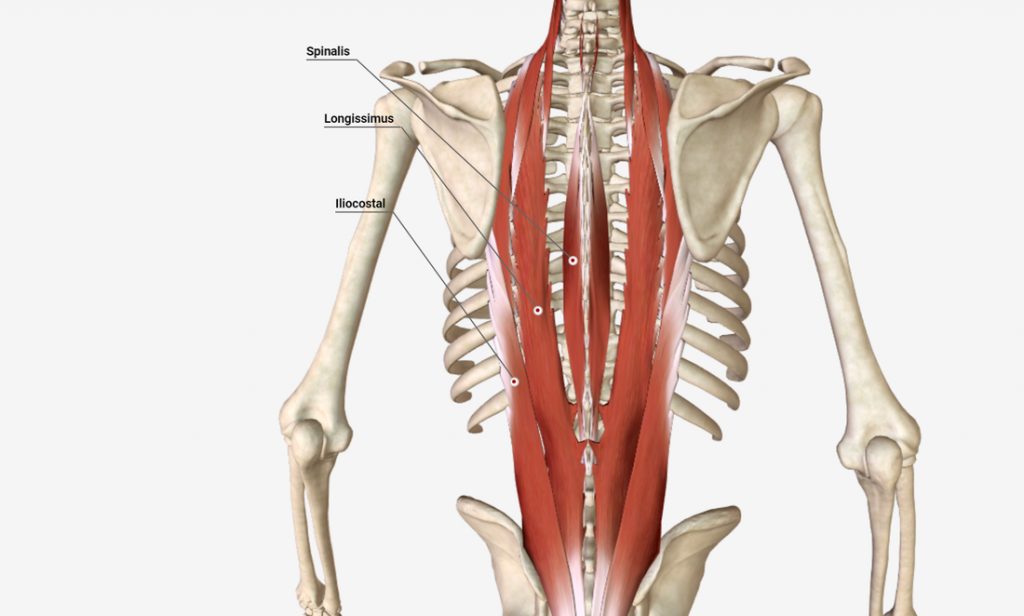
As mentioned above, the erector spinae – a group of muscles that run either side of the spine from the base of the skull down to the pelvis – are incredibly important to any kind of movement, particular walking.
They are involved in active movements, enabling us to straighten up from a crouch and to lean back. They are also key stabiliser muscles, enabling us to retain proper posture and controlling the movements of our trunks during motion.
The core muscles – the abdominal and oblique muscles, as also mentioned above – are very important for walking.
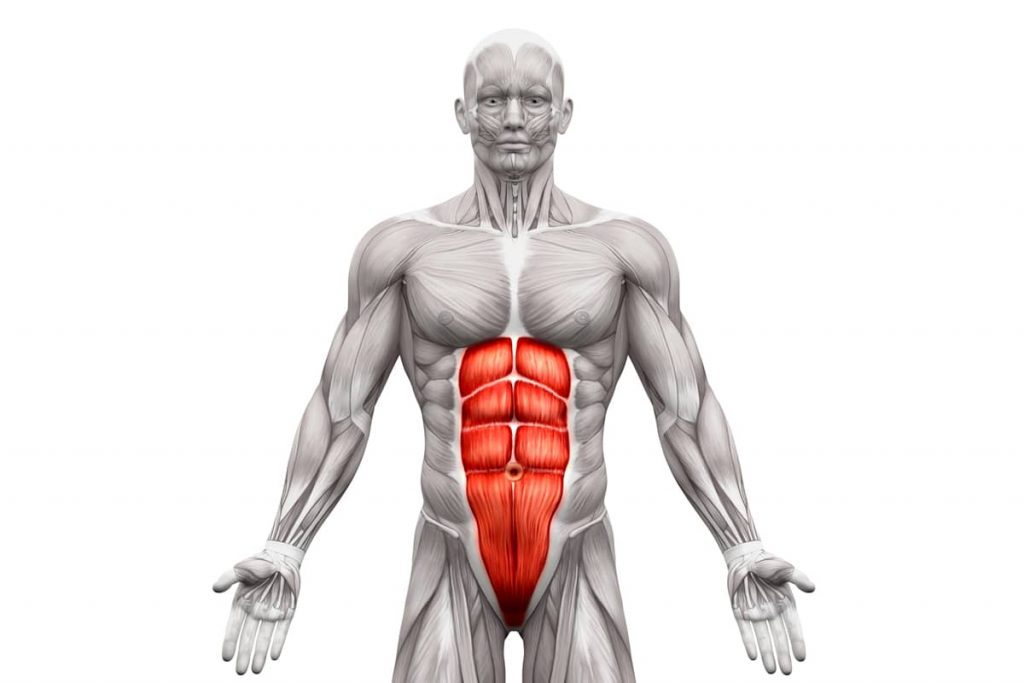
The abdominals sit between the ribs and sternum and extend down to the pelvis and are comprised of the deep transverse abdominis and the superficial rectus abdominis (the ‘six pack’ muscles).
They both help to rotate the body, will aid in moving to standing from sitting or lying, and keep the trunk stable and control its movements as we walk.
The obliques play a similar role, though they work mostly unilaterally. They control our torsos when pressure is greater on one side than the other – for example, when we move from foot to foot as we walk.
As above, there are literally hundreds of muscles that engage and work when we walk.
Walking regularly is therefore imperative to good health and fitness – it is a fantastic way to work out pretty much all of your body through a wide range of mechanisms.
To make the most of it, follow a few simple tips:
Walk straight, with your chin raised, your shoulders back, your sternum wide and proud, trying not to hunch at all.
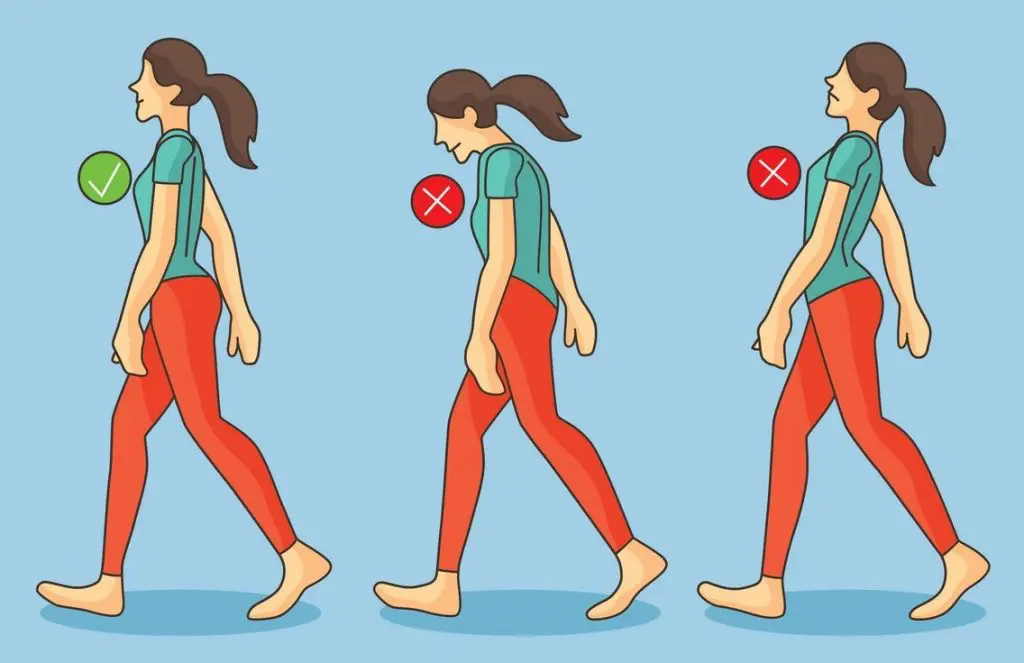
This will keep your spine long, properly engaging the spinal erectors and lower back, and will promote good posture through every aspect of your life. It can also help to improve your mood and confidence levels.
Try looking ahead as you walk. This will automatically go a long way to helping you to maintain good posture and will also reduce any undue pressure through the back of the neck.
Keep correct motion and gait, work the upper body, and maintain a fluid, controlled trunk by swinging your arms slightly, gently forwards and backwards as you walk.
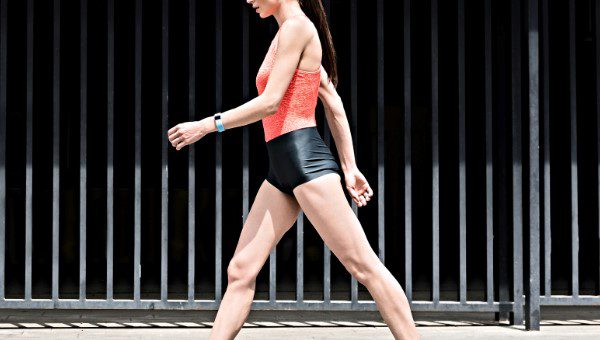
Obviously, we’re not looking for a military march, here – if anything, that will lead to greater tension and increased pressure into the joints. Just enough to loosen up and pair naturally with an easy gait.
You don’t want to slam your feet down as you walk. This will put undue stress into your ankles, knees and hips, likely resulting in injury over time.
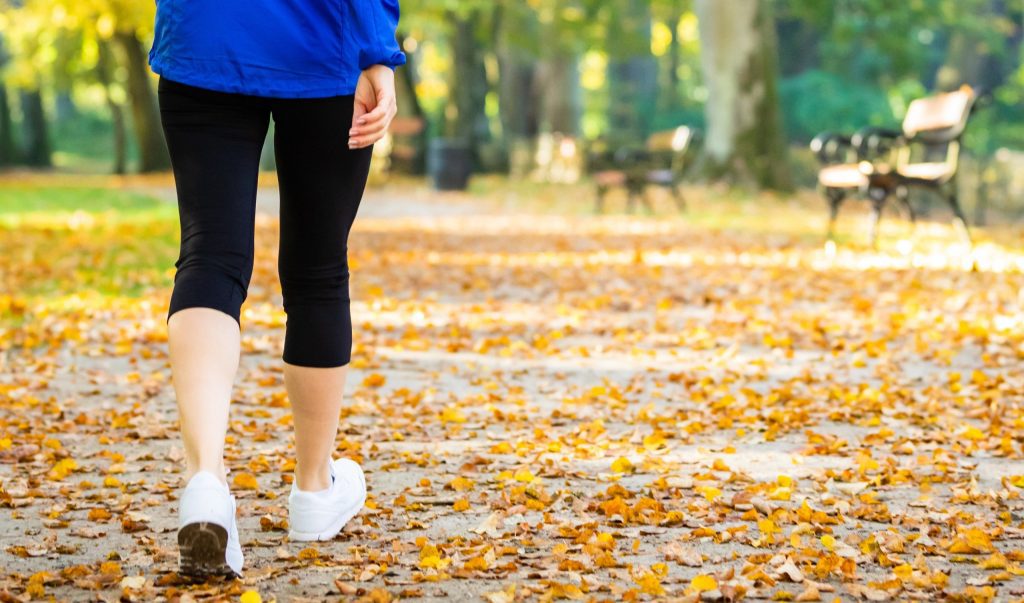
Rather, step softly, trying to make as little noise as possible. Aim to land gently on your heel then roll your weight forwards onto the rest of your foot, before taking off again from the ball and toes.